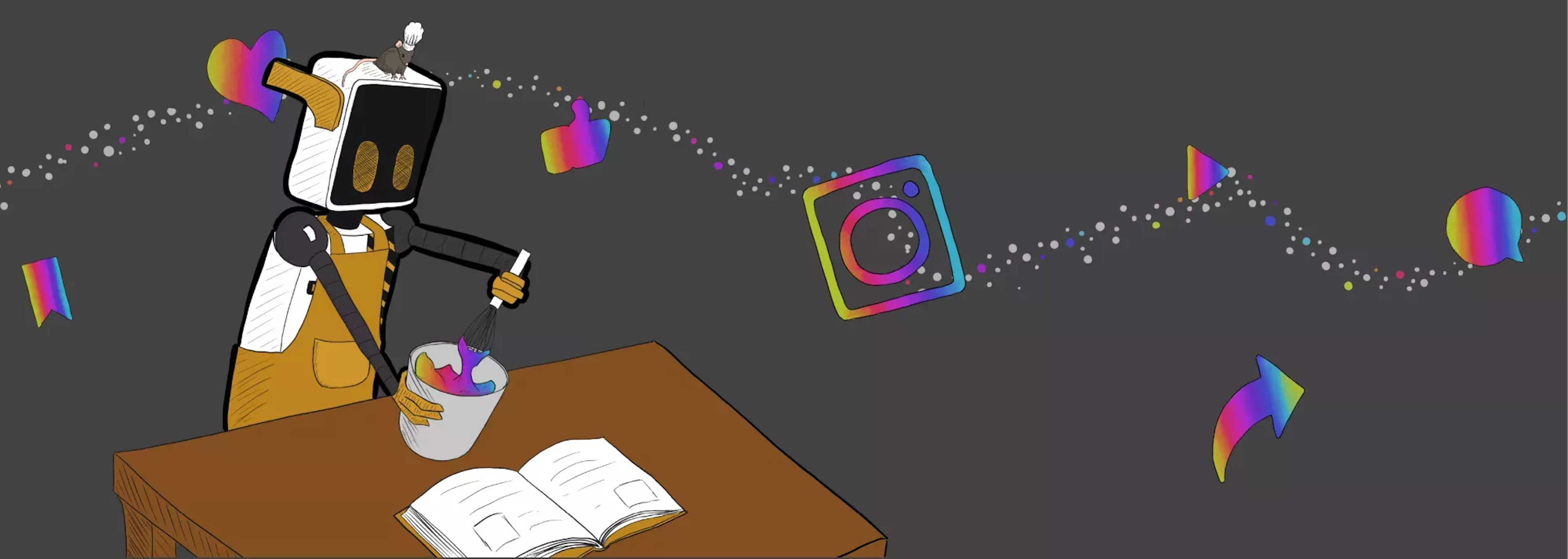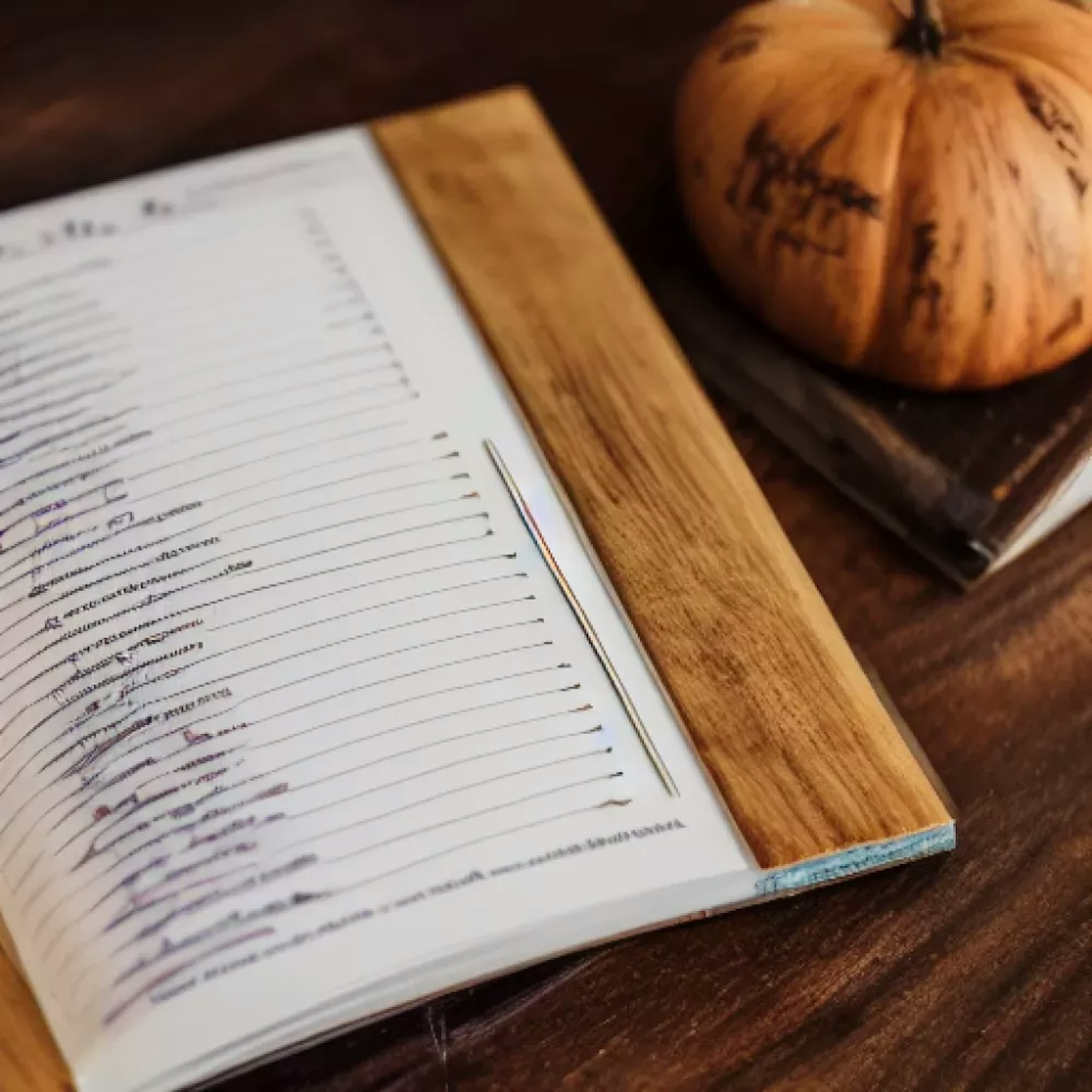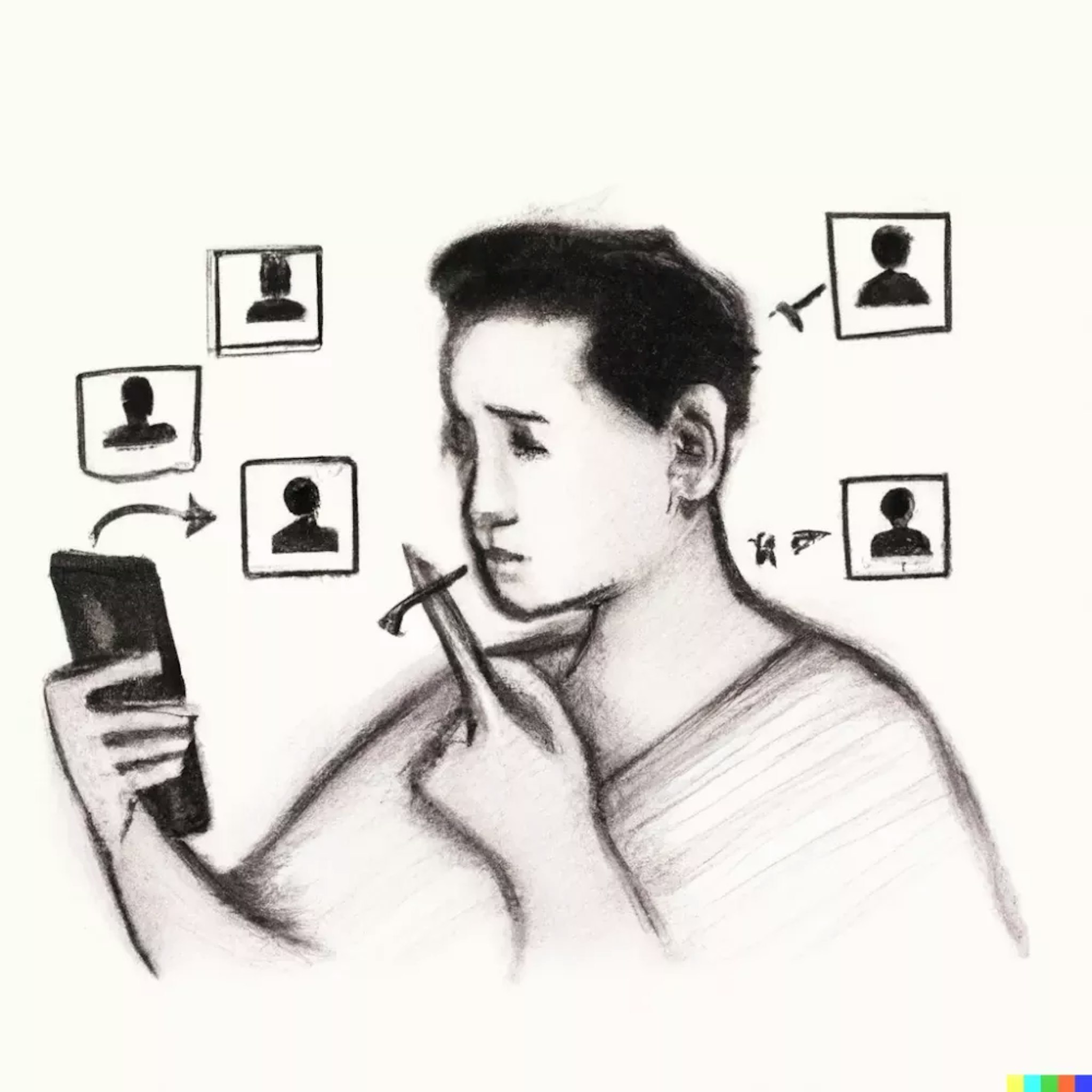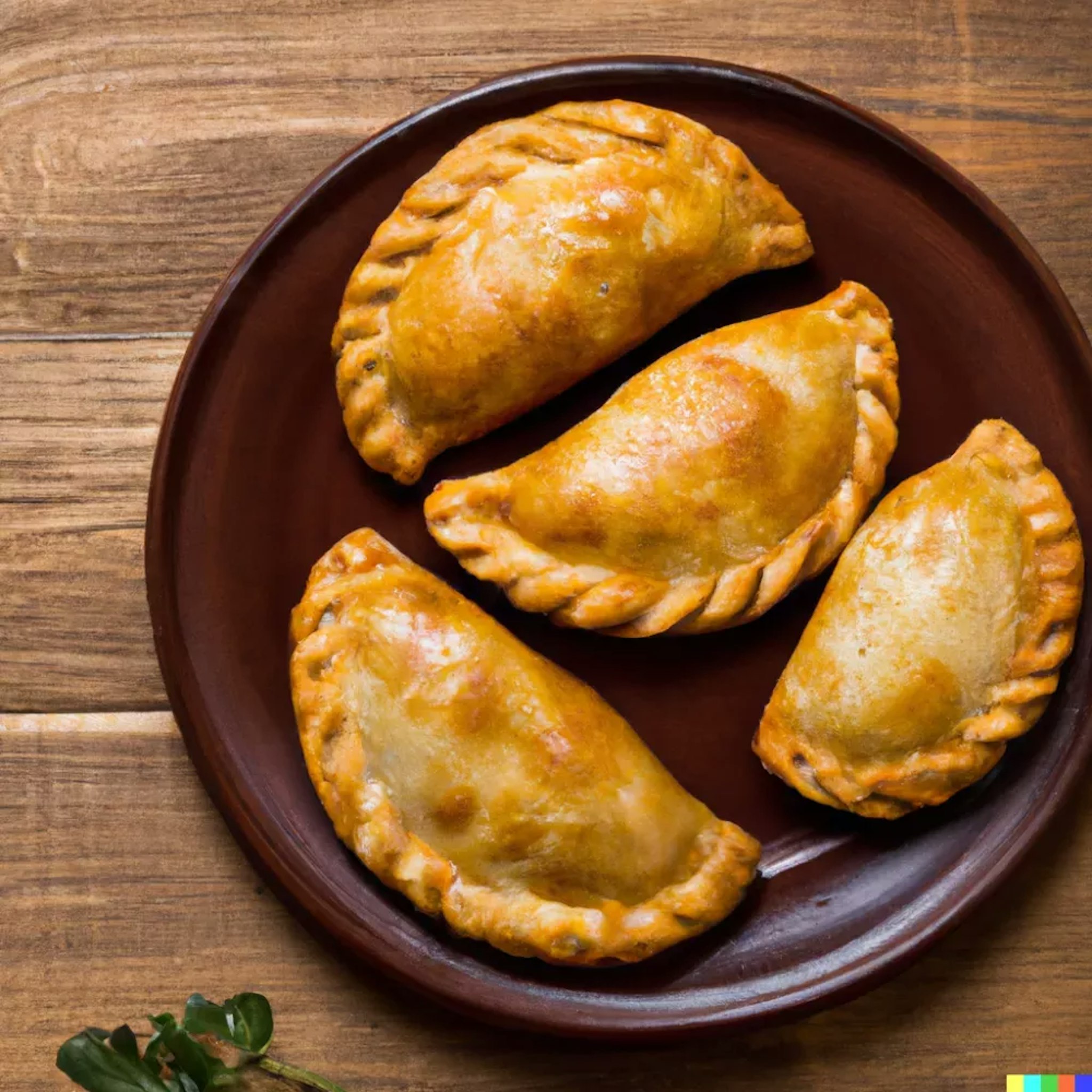
How I created an Instagram account of recipes without ever cooking.
Technology
5 min
From Cayan Frey
At the beginning, an observation
In order to have an efficient social media platform, it is important to put time and effort into the content that is created. For many people, this means dedicating a certain amount of time daily to creating new and interesting content for the community. However, this can often be difficult to implement when preparing meals and taking care of children. Time management and fatigue can become major obstacles to making content for social networks.
It is therefore sometimes difficult to combine work and hobbies at the end of the day. Indeed, most of the time, we come home from our respective jobs and we are, for many of us, tired. Both physically and mentally. Add to that the occasional social or sports obligation and the calendar gets busy fast.
I regularly post Instagram stories on my private account, but it's all mostly akin to jokes. I have no vocation to become a culinary influencer, although I have no shortage of desire when I think about it.

The question naturally arises: how can I create recipes, sometimes complex, more easily? Because as mentioned above, when I come back from the office, I don't have many hours to spare (ps: I'd especially like to avoid my little boy going to bed too late).
Then, an experiment was launched
As part of a previous post about the connection between robots and the sneaker world, I created a blog post that was completely generated by an AI.
When I first started working with this assistant, I was a little skeptical. I wasn't sure it would be able to provide the same level of assistance and idea generation as a human editor. However, I soon realised the potential that an AI content writing assistant could have.

I found working with this type of assistant to be a positive experience. It helped me grasp how helpful an AI can be. After using it for a while, I found that the assistant could help me improve my writing skills and broaden my thinking. It gave me feedback and suggestions on how to improve my writing.
Finally, an idea emerged
After making this first attempt, I sat down with my colleague Joao Mendes and Nicolas Schluchter to set up a Foodie Instagram account. Being both passionate about food (in front of and behind the stove), it was an idea that particularly spoke to us.
The question of how to go about it came up pretty quickly and was quickly answered. Indeed, with the help of WordHero, we created about thirty recipes with their instructions, then we used Dall-e to create the visuals of these recipes.
Then we listed both creation funnels in a Google Sheet on which we, along with make.com, automated the posts on Instagram.
So we had a publishing plan of two Instagram posts per week, which is about enough posts for 15 weeks. Yippee ki yay!

Doesn't it tell us what we eat?
Out of curiosity, I launched internally and among some friends, clients, prospects (yes yes, some have interacted with the account) a questionnaire about this Instagram profile. The goal here is obviously not to create a scientific study, but to gather some insights on the general, and global, feeling of the account.
The aspect that interests me the most is to see what proportion of visitors are attracted by the visuals created and the percentage of them who might go behind the stove to make one of them.
The results don't surprise me so much: the visuals are attractive, the texts not so much and people are not really ready to make one of these recipes again. Is this a standard behavior on social networks? I think so. We consume, a lot for some people, in a passive way but we don't really act on inspirations obtained on the networks. For example, when I cook, I remember a recipe that I found nice, but I don't go back to the feed to review it. I get inspired, in a rather distant and sometimes crude way, to give my personal touch too.
The statistic that surprises me the most is the 55% of the people surveyed who didn't notice, before discussing it with someone, that the recipes weren't real. This brings us right back to the concept of the Turing test, which is dear to my heart and which I was and still am passionate about.
In the end: how do you create appeal on an Instagram account?
Once this magical setup was in place, we noticed, after a few posts, that the interactions on our account were particularly low. Thanks to the few colleagues who liked or commented on our posts, but our (very) small community is largely composed of other .... robots.
We've found that artificial intelligence can help create content, although it definitely needs to be proofread. We invite you to follow the @recettes.ramirezz account to realize that sometimes, well, it's a bit shaky; hello "Cheese Naan" recipe for example. On the other hand, you'll realize that the AI can also generate images that whet the appetite (depending on taste and color).
Taking all this into account, we have found that artificial intelligence cannot currently replace human expertise on social network engagement. Indeed, creating a community, moderating posts and creating inspiring posts still requires a human touch. It is also not able to take over and follow a graphic charter. It would therefore be difficult for brands to totally outsource the creation of visual elements to a 100% artificial intelligence. However, for some environments, a very large majority of the work could be done from a visual point of view or serve as inspiration for graphic creations.

The next step, after creating good quality content quickly, would be to succeed in automating an optimization process in order to increase the notoriety of an Instagram account in an automatic way. However, and this has been proven with our recipe account, it may be that very quickly we fall into robot exchanges and discussions.
In conclusion, we see with this Instagram account experience that the strengths of using an artificial intelligence lie in the creation of a basic content with a rhythmic frequency of publication, and this thanks to the automation and the fact that it leaves little room for error. On the other hand, one of the weaknesses remains the quality of image rendering and more particularly when representing people in a situation on an image. Indeed, currently, the rendering is not super realistic with the image generation tools. Of course, behind every great Instagram account is a strategy and this one, in October 2022, still requires the intervention of a physical person to create it, implement it and measure it.
References and sources
For this article, I used Dall-e to generate illustrations, then Wordhero to create the recipes. Finally, I got some help from my colleague Marko to dig into the social media aspects. For the tagline, I want to thank Couleur3 and the Ramirez concept, the concepts that make you feel comfortable.
Do you have ideas to feed your social media accounts, but don't have the right tools? Or do you need a chef to add some creativity to your feed? Get in touch with us!




